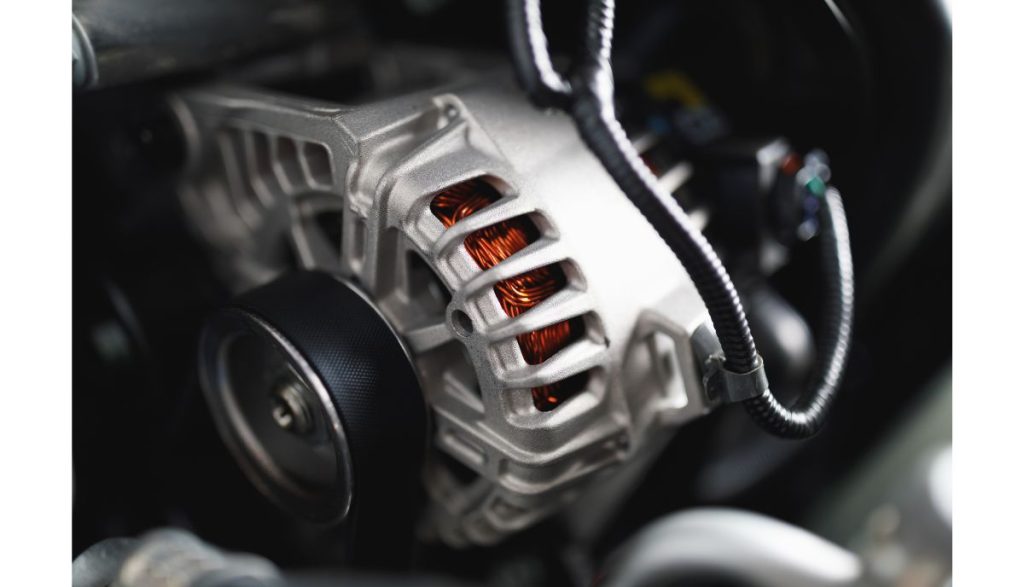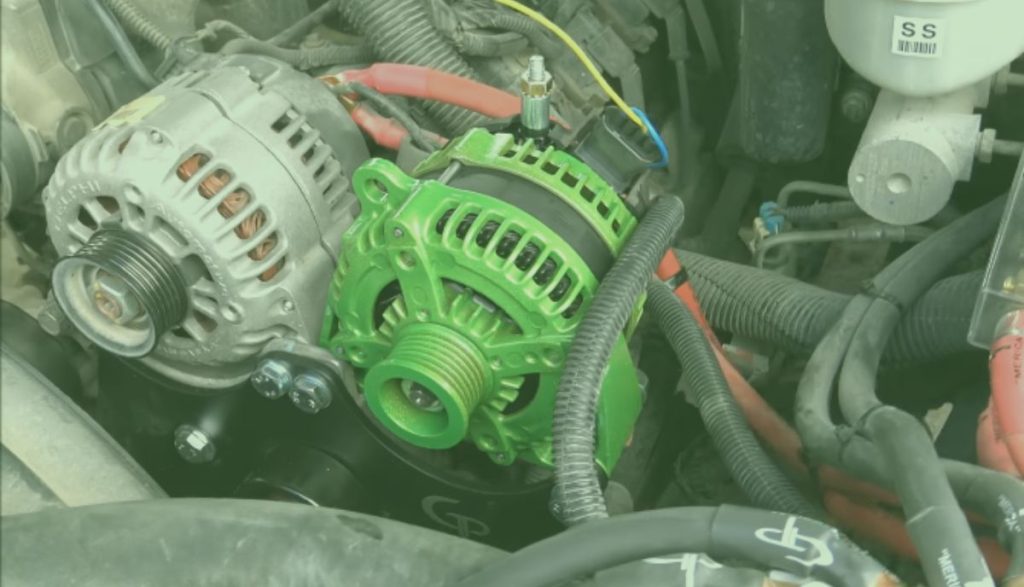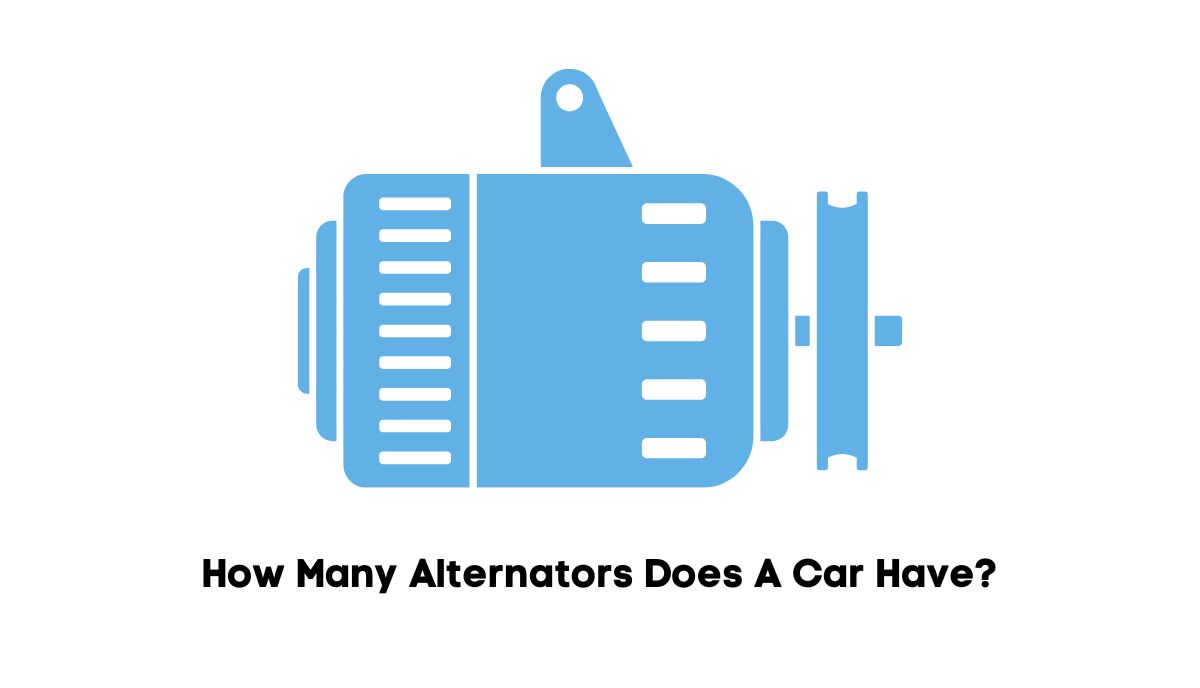Most people are only aware of the one alternator they’ve seen in their vehicle. The engine uses belts to turn the rotor in the alternator. The magnets generate electricity as they pass over the copper wiring. The alternator charges the battery while also supplying the car’s electronics with power. But some vehicles have two alternators. One alternator works when you idle the engine at a lower RPM. The second alternator takes over at a higher RPM.
Nations Starter and Alternator sells secondary alternators that accommodate the needs of additional loads and accessories while the first alternator meets the vehicle’s basic requirements, which include charging the batteries. You can install an alternator dedicated to additional loads and accessories.
You should keep the type of alternator in mind. Salient Pole alternators have short axles and a large diameter. They are easy to identify because they have projecting poles over the heavy magnetic wheel.
Smooth cylindrical alternators consist of a solid steel cylinder and slots at regular intervals. A retailer may ask you to specify the type of alternator system you want based on the design as well as the output.
Between the two, the output is more important because it influences the power you have at your disposal. Single-phase options continuously generate a single alternating voltage. Their two-phase counterparts have two windings.
Three-phase systems have three windings. If you have doubts regarding the type of alternator your vehicle requires, consult a mechanic.
Single Alternator Systems

A single alternator system uses a rotating magnetic field to generate an alternating current. Unlike dual alternators, single alternators use one set of coils that charge one battery at a time.
You would assume that dual alternators are always better than single alternator systems because of the redundancy they offer. However, some people flock to single alternators because of their simplicity. Not only are they easier to maintain, but they don’t require as much maintenance.
Dual Alternator Systems

A dual alternator has two electrical outputs, unlike a single alternator. You have two sets of coils capable of supporting two battery banks. You can charge them both simultaneously and independently.
You can add a second alternator to a car with one alternator, especially when the vehicle’s electrical needs exceed the single alternator’s capacity. One option involves replacing the old alternator with a larger one.
However, some drivers prefer to install a second smaller alternator to support the first one. You could add two alternators of the same size, but many mechanics discourage this practice. It is a waste of money because the average vehicle won’t use all that power. Getting a secondary smaller alternator is more cost-effective.
Types Of Vehicles That May Have Multiple Alternators
You find dual alternators in cars with a high electrical drain. That includes any vehicle with powerful applications that require a large, sustained power output even when you shut the engine off. Keep in mind that the alternator uses the engine’s mechanical energy to charge the battery.
Shutting the engine off while running the vehicle’s electronics will deplete the battery. The car won’t start until you recharge or replace the battery. But dual alternators can support high-drain applications in a car without draining the battery to a point where the vehicle won’t start.

Military vehicles tend to feature dual alternators because they need a backup to keep the electronics running if the primary alternator sustains damage during battle. A thorough inspection may reveal a redundancy switch. This device keeps an eye on the primary alternator.
If it detects a drop in voltage from the primary alternator, the switch will transition to the secondary alternator. You can’t apply this configuration to a car that requires both alternators to meet its electrical needs. Laypeople usually leave the installation process to an expert, who will take one of two approaches:
1). The mechanic can create a shared system where both alternators connect to a large battery bank. You don’t need to run the motor to use the electronics for an extended period. Although, you may drain the batteries, preventing the engine from starting.
2). The safer option involves creating two separate systems. Assign one alternator to the critical systems and the other to the secondary accessories. This will put you at ease. You can’t get stranded on the roadside with a drained battery because you have an alternator dedicated to maintaining the battery’s charge.
Dual power systems of this nature are perfect for RVs because they have so many accessories that drivers rely upon while traversing the wilderness. A dual-power system is more expensive to acquire and install but worth the effort if you need the power and redundancy.
Benefits Of Having Multiple Alternators In A Vehicle
Dual power systems are more expensive than their single alternator counterparts. And yet, people continue to use them. Why? Multiple alternators offer the following benefits:
1). Damage To One Alternator Won’t Stop Your Vehicle
The redundancy is the most significant benefit. If one alternator fails or sustains damage, you have a second alternator to stand in the gap until you find a mechanic. This is why military vehicles are more likely to use dual alternator systems.
Because they traverse dangerous locations, they need a reliable power supply. A dual alternator system provides that reliability. The redundancy sensor can switch to a secondary backup when the primary alternator fails.
2). Multiple Alternators Can Accommodate High-Drain Vehicles
Police surveillance vehicles are examples of high-drain cars. They have numerous applications that require a sustained and reliable power source. Dual alternators can meet those electrical needs.
You could argue that one large alternator can achieve a similar objective. But many high-drain vehicles cannot afford to lose power. Consider RVs. You don’t want your RV to die in the middle of nowhere on a cold night. Multiple alternators provide the sort of redundancy you can’t get with one large alternator.
3). You Can Run Multiple Applications At The Same Time
The sustained and reliable power output you get from multiple alternators allows you to run various accessories and applications simultaneously. Admittedly, this encourages waste. Laypeople are more likely to drain their batteries because they think the alternator provides unlimited power even when the engine stops, which isn’t the case.
But having more power at your disposal is never a bad thing. According to EVOTEC, you will get twice as much energy from a dual alternator.
4). You Can Upgrade A System Without Exceeding Your Budget
Some systems use so much power that they call for a larger, more expensive primary alternator. However, if the smaller, older alternator still works, you can accommodate the system’s electrical requirements by adding a second smaller alternator.
Sometimes, two alternators are cheaper than one larger primary alternator. An experienced mechanic will provide you with a breakdown that explains the cost of each option. They may encourage you to choose one large alternator over a dual-power system.
5). The Vehicle Can Function For Longer Without Maintenance
This is particularly true for dual alternator systems where one alternator runs the critical functions while the second alternator deals with the less vital applications. You don’t have to worry about a vehicle’s electronics draining the power.
It is worth noting that many people don’t need dual alternators. If you drive a conventional vehicle whose only purpose is to transport you from home to work and vice versa every day, the second alternator is unlikely to benefit you.
The expense isn’t worth it. On the other hand, if you have several aftermarket accessories you use regularly, such as a winch, numerous lights, and a powerful stereo, the extra power makes sense.

